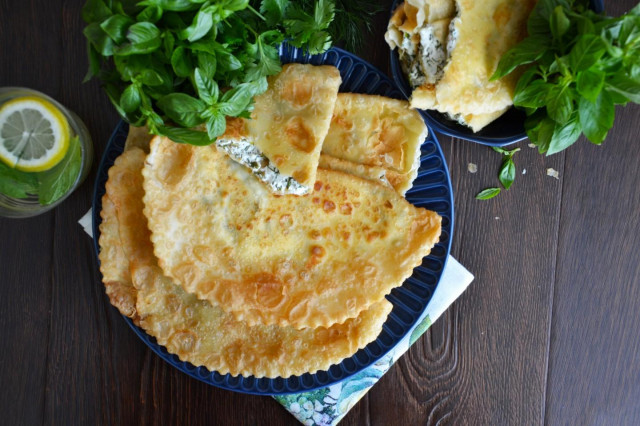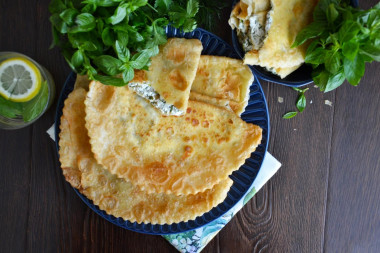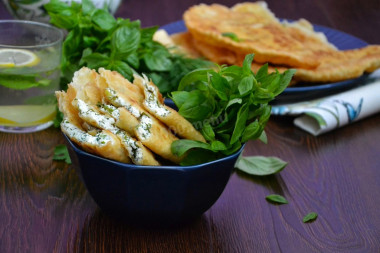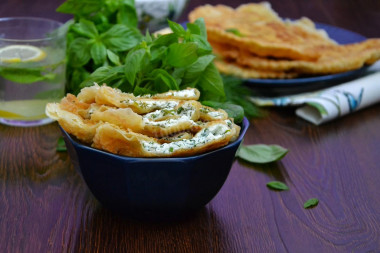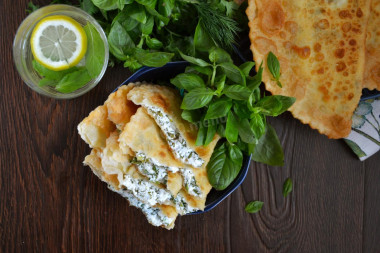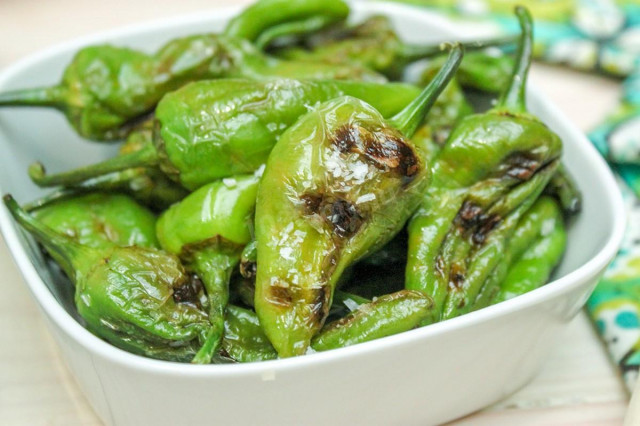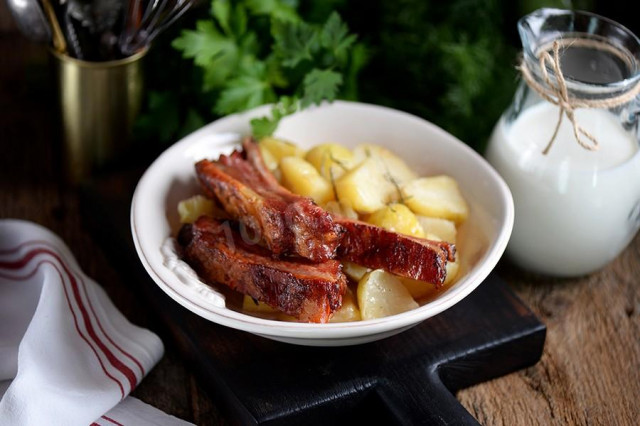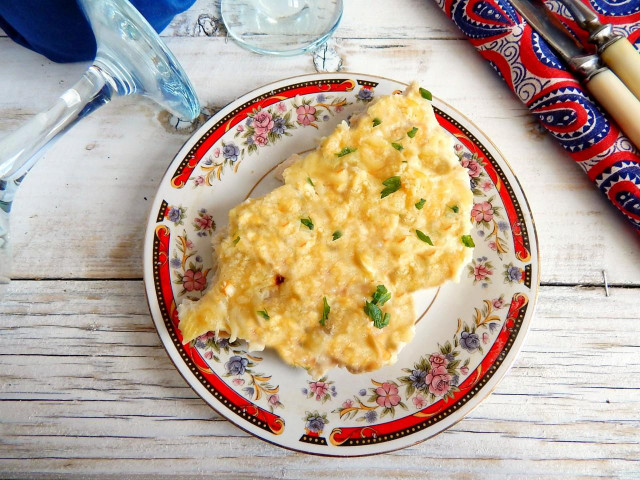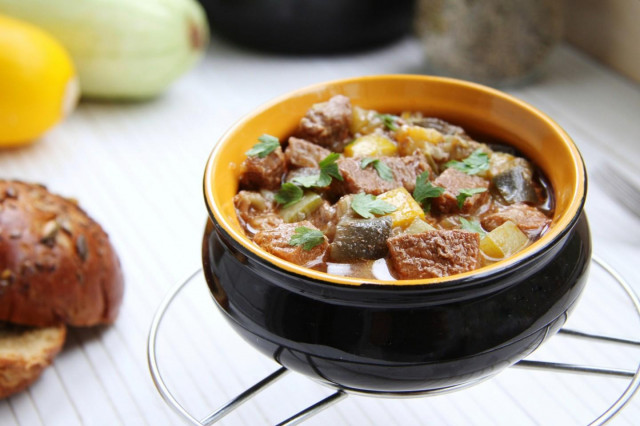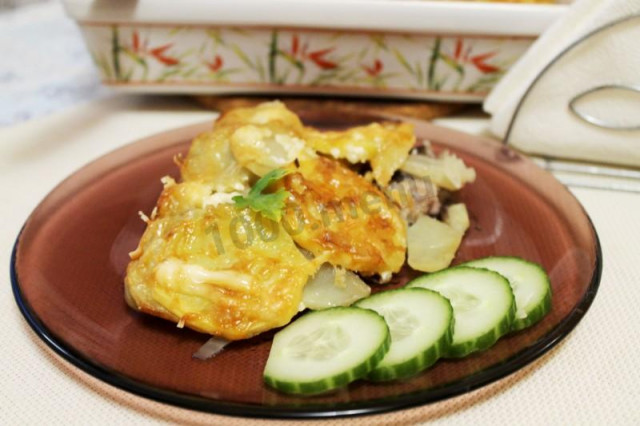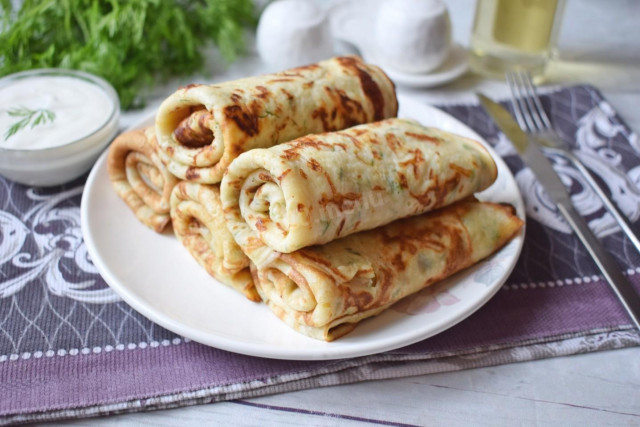Composition / ingredients
Step-by-step cooking
Step 1:
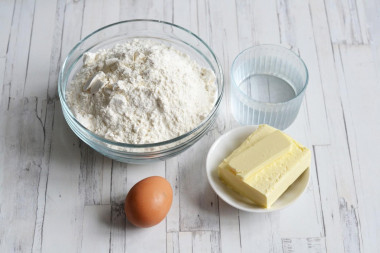
How to make chebureks with cottage cheese? Prepare the necessary ingredients for the dough. The butter should be cold, straight from the refrigerator. The water should also be icy, so measure out the right amount in advance and put it in the refrigerator. Use flour of the highest grade.
Step 2:
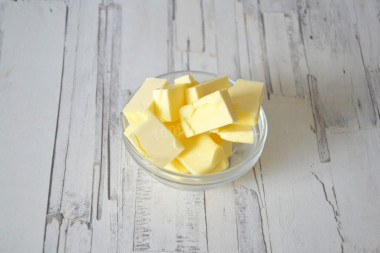
Cut cold butter into cubes. If you are going to knead the dough with your hands, rub cold butter on a coarse grater.
Step 3:
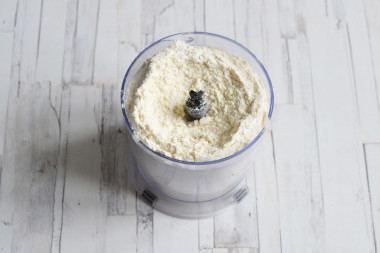
Sift the flour. Put the cold butter and flour in a blender bowl and whisk into fine crumbs. If you have a small blender and it does not fit all the flour, put as much flour as will fit in the bowl. The rest of the flour can be poured already into the whipped crumbs. and mix.
Step 4:
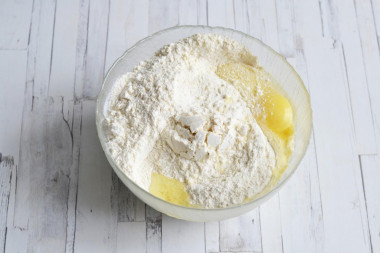
Add the egg to the butter-flour mixture and knead the elastic elastic dough, gradually pouring ice water. The dough should be kneaded as quickly as possible so that the heat from the hands does not melt the butter.
Step 5:
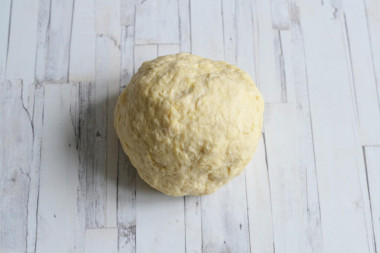
Roll the finished dough into a ball.
Step 6:
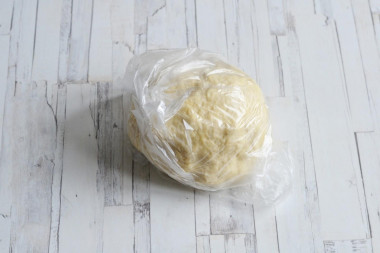
Put the dough in a bag so that it does not curdle, and put it in the refrigerator. It is necessary to cool the dough - it will become more plastic and will not tear.
Step 7:
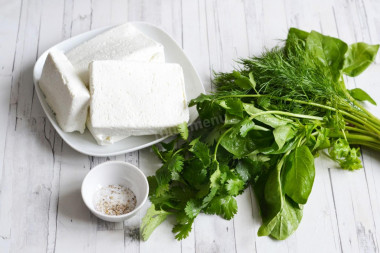
While the dough is cooling, prepare the necessary ingredients for the filling. Cottage cheese is better to take slightly moist, not lumpy. Fat content does not matter much. Cottage cheese in briquettes is ideal - it is quite soft, moderately moist, without small grains.
Step 8:
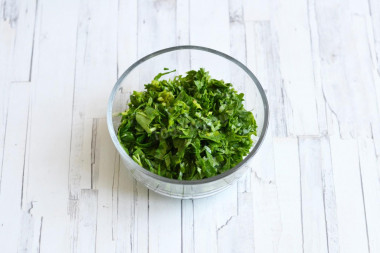
Wash and dry all the greens. Then chop finely with a knife. You can use any greens, but most often they take dill, parsley, cilantro, green onions. I replaced the green onions with a small bunch of spinach.
Step 9:
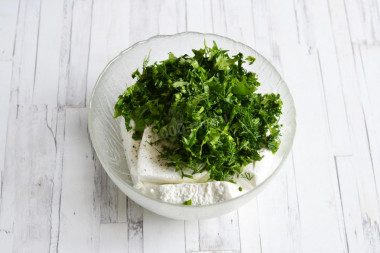
Combine cottage cheese with herbs, add salt and pepper to the mass.
Step 10:
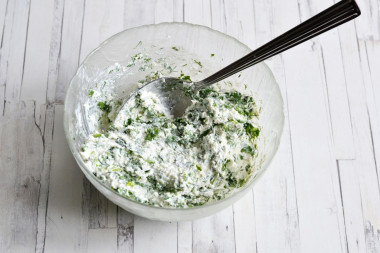
Mix everything thoroughly.
Step 11:
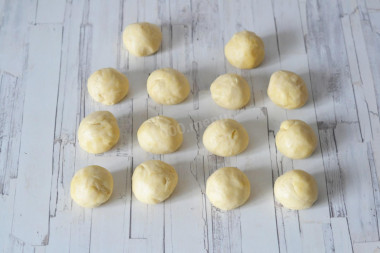
Take the dough out of the refrigerator and divide it into 12-14 identical pieces. While you roll out one piece of dough, put the rest in the refrigerator.
Step 12:
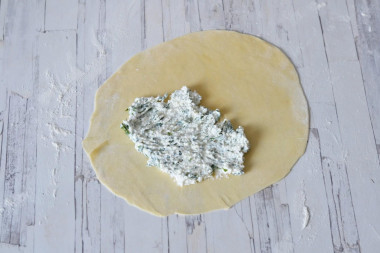
Roll out each piece on a floured surface into a thin, even circle. Thanks to cooling, the dough can be rolled out so thinly that the table will be visible through it. In such a thin roll-out lies the secret of delicious chebureks. Put 1-2 tablespoons of cottage cheese filling on the bottom of the circle.
Step 13:
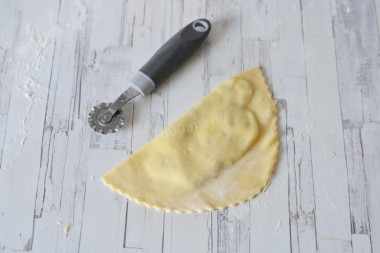
Cover the filling with the top and pinch the edges. Form all the remaining chebureks in this way. The size of the chebureks should be approximately equal to the diameter of your frying pan. I have a frying pan with a diameter of 28 cm .
Step 14:
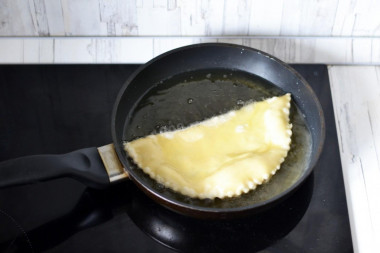
Heat vegetable oil in a frying pan over high heat. The frying pan should be filled with oil by a quarter so that the chebureks can float freely without touching the bottom. Fry the pasties on both sides until golden brown for about 1 minute on each side.
Step 15:
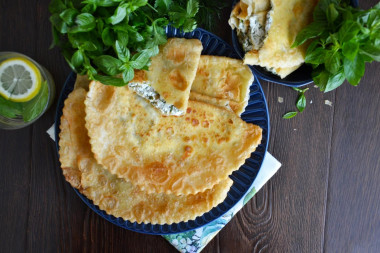
Put ready-made pasties with cottage cheese on a platter and serve hot. Bon appetit!
You can add 1-2 cloves of garlic passed through the press to the filling.
Be prepared for the fact that you may need more or less flour than indicated in the recipe. Focus not on the amount of flour, but on the desired consistency of the dough. To avoid mistakes, read about flour and its properties!
Use oil with a high smoking temperature for frying! Any oils are useful only until a certain temperature is reached - the point of smoking, at which the oil begins to burn and toxic substances, including carcinogens, are formed in it.
Unrefined oils, with rare exceptions, have a low smoking point. There are a lot of unfiltered organic particles in them, which quickly begin to burn.
Refined oils are more resistant to heating, and their smoking point is higher. If you are going to cook food in the oven, on a frying pan or grill, make sure that you use oil with a high smoking point. The most common of the oils with a high smoking point: refined varieties of sunflower, olive and grape.
Caloric content of the products possible in the composition of the dish
- Chicken egg - 157 kcal/100g
- Egg white - 45 kcal/100g
- Egg powder - 542 kcal/100g
- Egg yolk - 352 kcal/100g
- Ostrich egg - 118 kcal/100g
- Cottage cheese of 40% fat content - 466 kcal/100g
- Cottage cheese of 20% fat content - 233 kcal/100g
- Cottage cheese of 18% fat content - 226 kcal/100g
- Cottage cheese of 10% fat content - 156 kcal/100g
- Low-fat cottage cheese - 75 kcal/100g
- Cottage cheese with sour cream - 260 kcal/100g
- Fruit cottage cheese - 147 kcal/100g
- Soft dietary cottage cheese - 170 kcal/100g
- Cottage cheese "vitalinia" - 64 kcal/100g
- Cottage cheese "morning" ( "danone") without sugar - 91 kcal/100g
- Cottage cheese - 156 kcal/100g
- Spinach - 22 kcal/100g
- Ground black pepper - 255 kcal/100g
- Parsley greens - 45 kcal/100g
- Dill greens - 38 kcal/100g
- Whole durum wheat flour fortified - 333 kcal/100g
- Whole durum wheat flour, universal - 364 kcal/100g
- Flour krupchatka - 348 kcal/100g
- Flour - 325 kcal/100g
- Butter 82% - 734 kcal/100g
- Amateur unsalted butter - 709 kcal/100g
- Unsalted peasant butter - 661 kcal/100g
- Peasant salted butter - 652 kcal/100g
- Melted butter - 869 kcal/100g
- Salt - 0 kcal/100g
- Water - 0 kcal/100g
- Coriander greens - 25 kcal/100g

